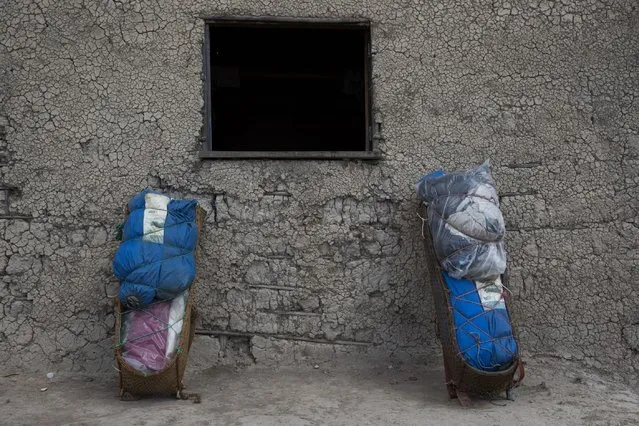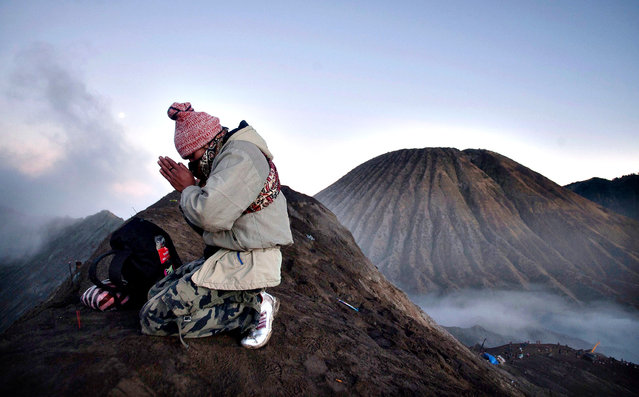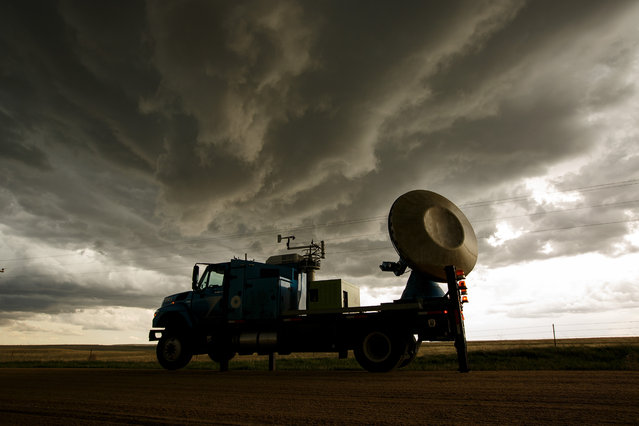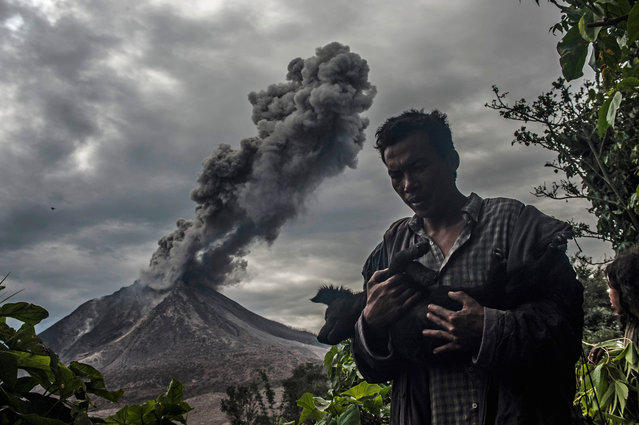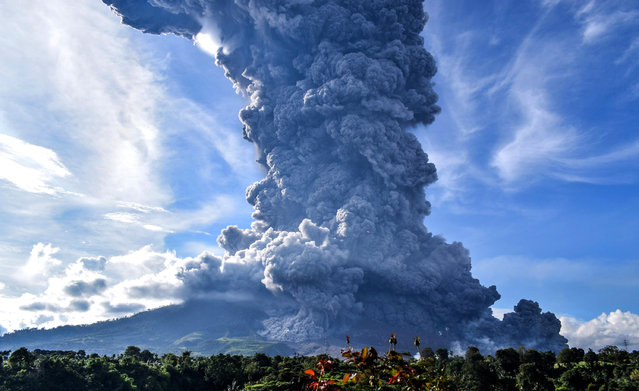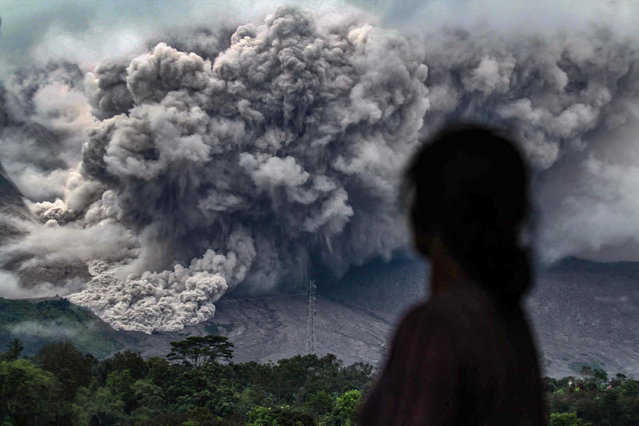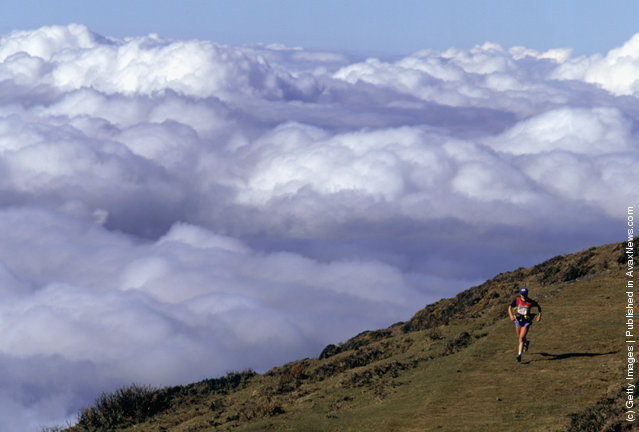
A runner traverses the route during the Mount Everest Challenge Marathon which winds past spectacular views of Everest and Kanchenjunga at Sandakphu National Park in the month of November 1995 near Darjeeling, India.
19 May 2011 08:07:00,post received
0 comments


